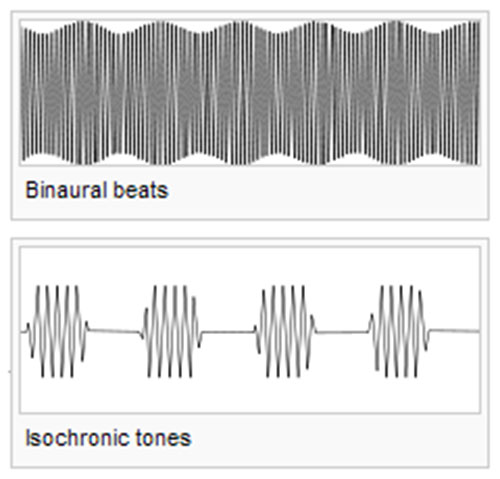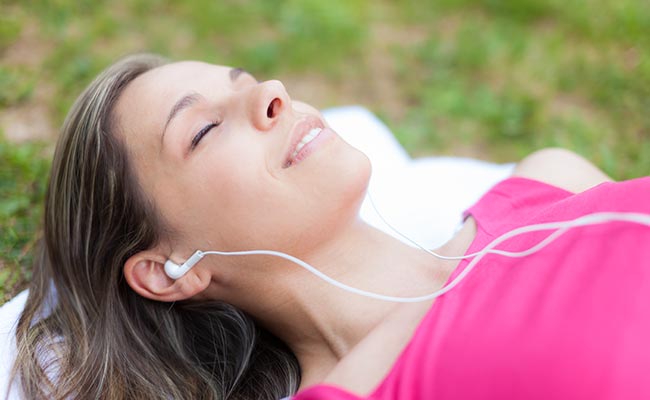As someone who shares a lot about the benefits of brainwave entrainment and binaural beats, I often get contacted by readers who wear hearing aids asking an important question:
“Can I still use headphones to benefit from binaural beats and other audio-based tools?”
Hearing aids come in many styles, and with today’s fast-moving technology, there are now more options than ever for enjoying music, podcasts, and even therapeutic audio like binaural beats.
Whether your hearing aids support Bluetooth or not, you’ve still got ways to make it work.
Here’s everything you need to know about using headphones (or skipping them entirely) when you wear hearing aids.

Option 1: Bluetooth-Enabled Hearing Aids (Earbuds in Disguise)
According to the National Institute on Deafness and Other Communication Disorders, nearly 29 million U.S. adults could benefit from hearing aids. And as hearing aid technology continues to evolve, the good news is that connecting to your favorite media has never been easier.
Many modern hearing aids now come equipped with Bluetooth® technology, allowing you to stream audio directly from your smartphone, tablet, TV, or laptop — no headphones needed.
Imagine your hearing aids doubling as wireless earbuds. Whether you’re listening to music, taking a phone call, or watching YouTube, everything streams straight into your ears. It's hands-free, wire-free, and often comes with the ability to control volume and settings from a phone app.
Some apps even let you locate your hearing aids if they go missing.
Keep in mind: Bluetooth streaming can drain your hearing aid or phone battery a little faster than usual. If you’re using an older phone, having a charger or portable power bank nearby is a smart idea.
Option 2: Using Headphones with Hearing Aids
If your hearing aids don’t have Bluetooth — or you just prefer traditional headphones — that’s still totally possible. You’ll just need to pair them in a way that works with your specific hearing aid style.
– If You Wear In-the-Ear (ITE) Hearing Aids:
You have more flexibility. On-ear and over-the-ear headphones typically work well with ITE hearing aids. If your aids sit deeper in the canal (like invisible-in-the-canal models), even earbuds may fit comfortably without causing feedback.
– If You Wear Behind-the-Ear (BTE) Hearing Aids:
Your best option is over-the-ear headphones, and here’s the trick: make sure the cushion of the headphone completely covers the hearing aid’s microphone. This helps prevent external sounds from interfering with what you’re listening to. It may take a bit of trial and error to find the perfect fit, but once you do, you’ll be good to go.
Choosing the Right Hearing Aids
If you’re in the market for new hearing aids, it’s worth considering ones with Bluetooth streaming built in. This not only saves you the hassle of finding compatible headphones, but also gives you seamless access to calls, media, and settings — all in one place.
Your hearing care provider can help you choose the best model based on your hearing needs and lifestyle.



Leave a Reply